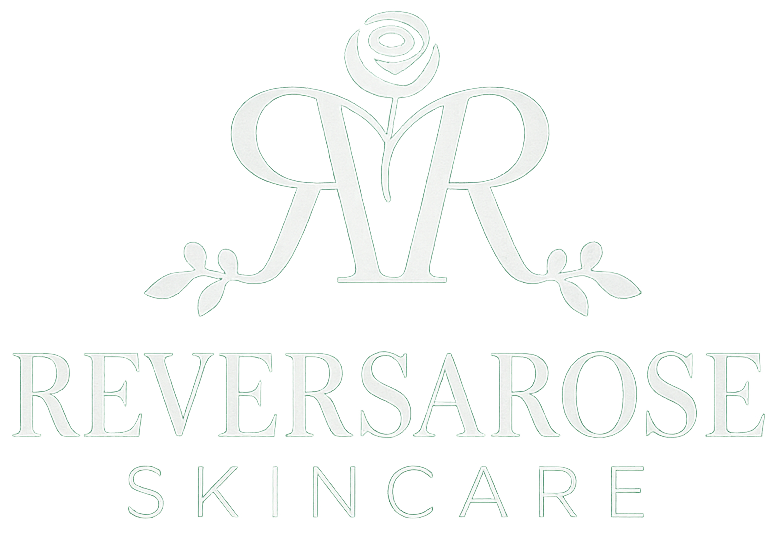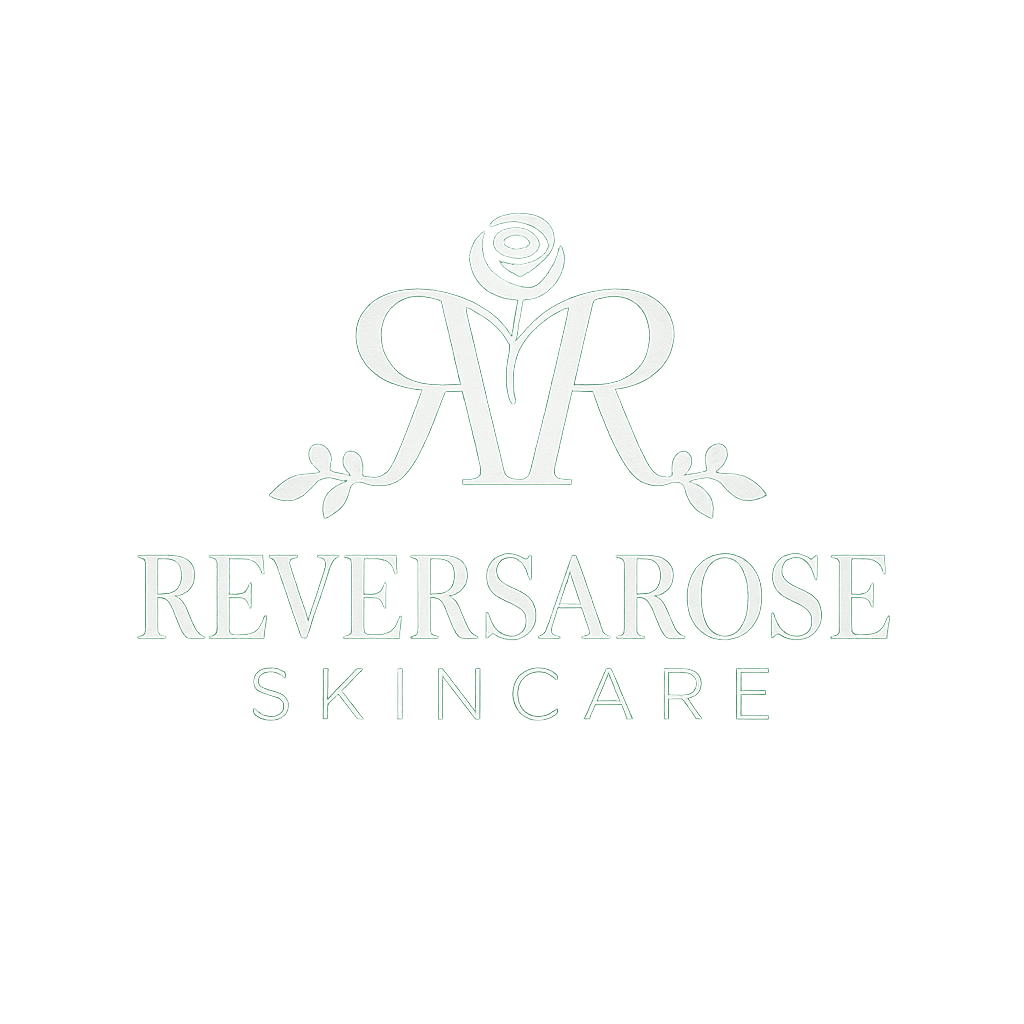We’ve all heard it. “Oils clog pores” but do they really? The Comedogenic Scale was invented in 1979 by Dr. Albert Kligman that indicates the likeliness of oils/cosmetic ingredients to form comedones.
The scale is 0-5
0 is non-comedogenic (does not clog pores)
5 is comedogenic (does clog pores)
Lets get into it.
This was created in 1979. It’s 2024. That scale was invented 45 years ago and many of its testing variables are not relevant to the facial skin. How so?
The methods used to determine the comedogenicity of oils were the:
- Rabbit Ear Assay (REA)
- Human Method
The REA is the application of oil applied to the inside of a rabbit’s ear and the Human Method is the application of oil to the upper back. Neither of these can truly indicate the comedogenicity because both of those surfaces are not human facial skin.
Before dabbling into the these methods, we want to clearly state that we do not condone animal testing as it is a form of animal cruelty; however, we believe it is important to be transparent about where this information is coming from and how these experiments' are conducted.
Many factors go into REA testing:
- Gender must be a live male albino rabbit since pores are larger on males than female rabbits
- Age must be at least 12 weeks old since comedones are less likely to develop beforehand
- There must be at least 3 rabbits to test for experiment
- Duration is 5 days a week and solution cannot be washed off during that period
Comedone formation is examined after 2-3 weeks of testing.
Human Method indicators:
- Upper back with naturally large pores
- Solution must be applied daily for 4 weeks
This method is very expensive and slow. It takes up to 6 months to observe results.
11 different studies have been conducted since 1979 and this is what has been confirmed:
- Rabbit ears clog easier and faster than human skin
- If a solution is comedogenic on a rabbit, Human Method is required for it to be confirmed
Factors from 1989 Study:
- In order for a solution to be considered comedogenic (likely to clog pores), it must have the ability to penetrate the hair follicle
- Size and shape of molecule matters
- Vehicle in what ingredient is dissolved in also is taken into account (For example, chamomile dissolved in jojoba oil v chamomile dissolved in glycol)
- Alcohol-based ingredients are more likely to be comedogenic
- Fatty acids that are large are likely to be comedogenic
- Thickening agents are likely to be comedogenic
- Mineral materials are likely to be comedogenic
- D&C red pigments are likely to be comedogenic
- Vitamin E and Vitamin A are likely to be comedogenic
Factors from 2006 Study:
- REA is more sensitive than Human Method
- Comedogenic ingredient measured by REA may not be comedogenic in humans
- Concluded that facial cleansers increased formations of comedones by 33%
If you would like to see comedogenic ratings and animal testing photos, click here
|
Recommended to Avoid due to Comedogenicity |
|
It is also important to consider than many companies use highly refined (processed) oils. What does this mean? Refined oils are less expensive and have a longer shelf life. The 3 main refining processes are:
1. Degumming to remove phosphatides
2. Bleaching and filtration to remove color
3. Deodorization allows elimination of free fatty acids and other volatile compounds
This process removes natural vitamins, minerals, and antioxidants of pure ingredients resulting in less potency and poor quality oils. If these oils are being conducted in experiments, the outcome is truly unknown if said oil is comedogenic or not.
Diet, stress, environmental factors should be taken into account for skin. Every skin type is unique and every person is different. When it comes to ReVersaRose, we strive to invest in high quality herbs and raw, unrefined oils to produce our high quality products. We small batch our herbal products and always ensure that ingredients are either organic (when possible) and wildcrafted. Carrier oils are especially important and play a huge role as they are able to change the property of the overall product v 100% pure ingredient that is not diluted. Our facial oils are based on skin type.
- Oily and acneic skin types respond well to oils rich in linoleic acid.
- Dry and dehydrated skin types respond best to oils rich in oleic acid.
- Combination skin types respond best to oils rich in both linoleic and oleic acid.
Our skincare line reflects this. Each product has been crafted based on each plant oil property and enhanced using potent and studied herbs for achieving results, naturally. When it comes to the comedogenic scale, we believe:
- Every person is different (what may be comedogenic for one person may not be comedogenic to another)
- The way a product is formulated and produced (ingredients, source of ingredients) matters
- Using oils within the recommended time frame reduces the risk of oils oxidizing and becoming more comedogenic
- Just because an ingredient is non-comedogenic does not mean is it good for the skin (there are many synthetic ingredients that can disrupt the skin barrier)
Another source stated:
"The comedogenic scale, used to evaluate skincare and cosmetic ingredients for their pore-clogging potential, is a contentious concept for several reasons:
- Individual Variability: It doesn't account for diverse skin types and sensitivities, leading to varying reactions among individuals.
- Lack of Standardization: There's no universal standard for scoring, causing inconsistencies in ratings and interpretations.
- Incomplete Data: Comedogenicity scores are often based on limited studies, which might not accurately represent real-world use. Ingredients can be labeled comedogenic even when they're benign for most users.
- Marketing Confusion: Companies employ comedogenicity labels in their marketing, confusing consumers about product suitability. To make an official claim that a product is non-comedogenic, specific human testing should be performed.
- Short-Term Focus: Many comedogenicity studies are short-term and may not reveal the long-term effects of ingredients on the skin.
- Animal Testing Methods: Historically, comedogenicity was tested using animal models like rabbit ears, which does not fully correlate with human skin.
- Concentration Matters: Comedogenicity can vary with ingredient concentration. For instance, a tiny amount of coconut oil may have a different effect than using it in its pure, undiluted form.
- Product Interactions: Comedogenicity scores often assess ingredients in isolation, without considering how they might interact with other ingredients in a product. Some combinations may mitigate or exacerbate comedogenic effects.
- Environmental Factors: Skin reactions are influenced by environmental factors such as climate, humidity, and pollution, which comedogenicity scores typically don't account for.
- Ingredient Variability: Not all forms of a specific ingredient are created equal. Variations in ingredient sourcing, purity, and processing can impact its comedogenicity, making generalizations challenging.
- Skin Barrier Health: The condition of an individual's skin barrier, influenced by genetics, age, and prior skincare routines, affects how their skin responds to products, regardless of comedogenicity ratings.
- Overly Simplistic Scale: The 0 to 5 comedogenicity scale may oversimplify the complexities of skin reactions, leading to inaccurate assessments of ingredient safety.
- Cultural Differences: Different cultures may have varying skincare practices and needs, making a one-size-fits-all comedogenicity rating less relevant on a global scale."
The comedogenic scale may not be reliable due to testing methods, experimental design, ingredient variability. While we take into consideration the comedogenic value of each ingredient, we additionally prioritize quality, science-backed research, and what is harmonious for each individual skin type.
Sources:
Jr., J.E.F. (1989) Comedogenicity and irritancy of commonly used ingredients in skin care products, SCC Media Library & Resource Center Home. Available at: https://library.scconline.org/v040n06/17 (Accessed: 24 September 2024).
Kern, D. (2022) What is comedogenicity, and what ingredients are comedogenic?, Acne.org. Available at: https://www.acne.org/comedogenic-list (Accessed: 24 September 2024).
The comedogenicity scale is all wrong: The truth about pore clogging ingredients and acne (no date) Blissoma Botanical Beauty. Available at: https://blissoma.com/blog/the-comedogenicity-scale-is-all-wrong-the-truth-about-pore-clogging-ingredients-and-acne/?srsltid=AfmBOorC5qUz-AMQd3EX0Evuyq6zbnEVXbljHcjtQaj_RlA-pANfbzZY (Accessed: 24 September 2024).
Bowe, W.P. and Logan, A.C. (2010) Clinical implications of lipid peroxidation in acne vulgaris: Old wine in new bottles - lipids in health and disease, BioMed Central. Available at: https://lipidworld.biomedcentral.com/articles/10.1186/1476-511X-9-141#Sec2 (Accessed: 24 September 2024).
Demystifying clogged pores: Non comedogenic oils for the face (no date) bareLUXE Skincare. Available at: https://www.bareluxeskincare.com/blogs/elevated-simplicity/non-comedogenic-oils?srsltid=AfmBOorN_ohyFzLGAQnOq2E-r-Ox1VCt6yMktwuMZBqG6bzVC1r5xawd (Accessed: 24 September 2024).

